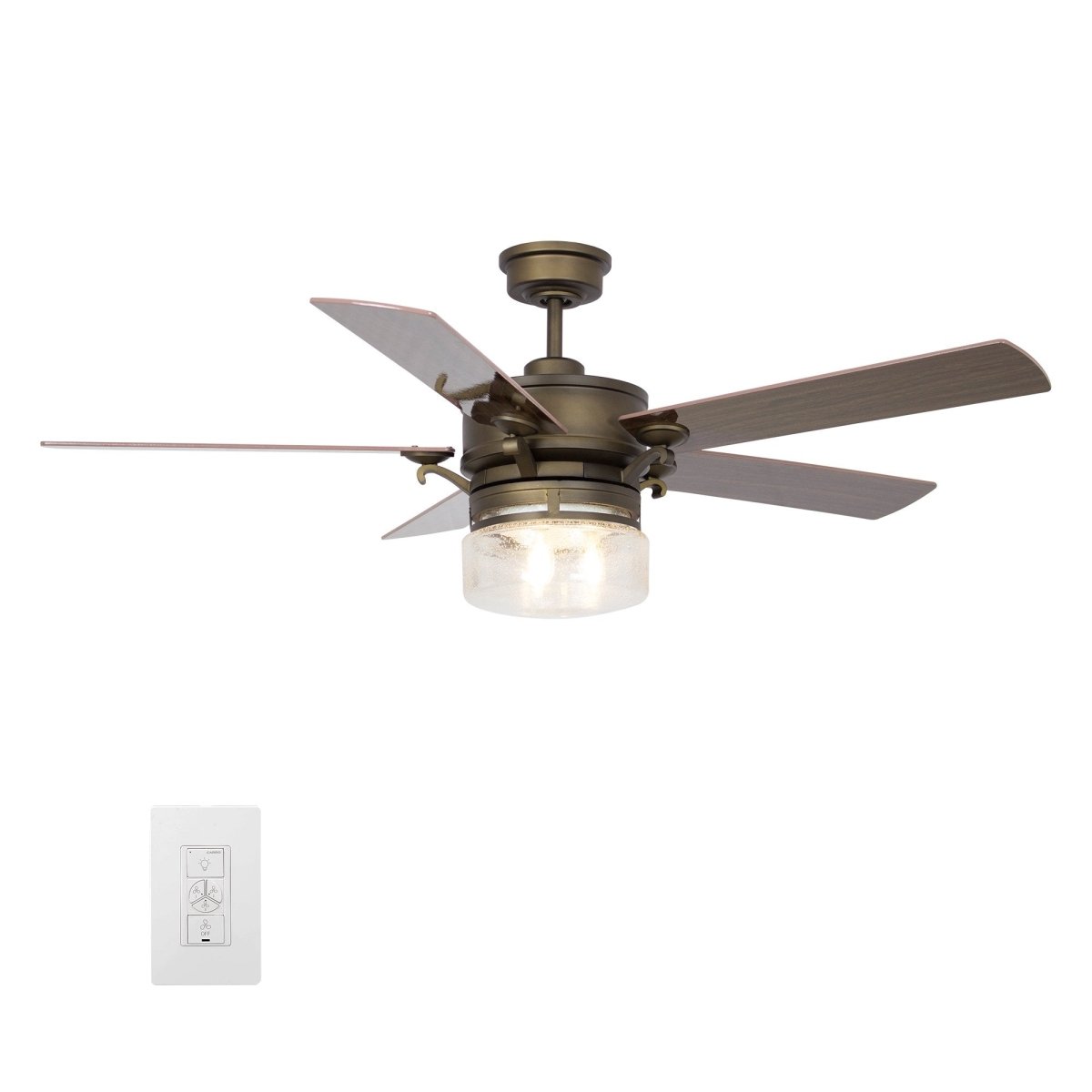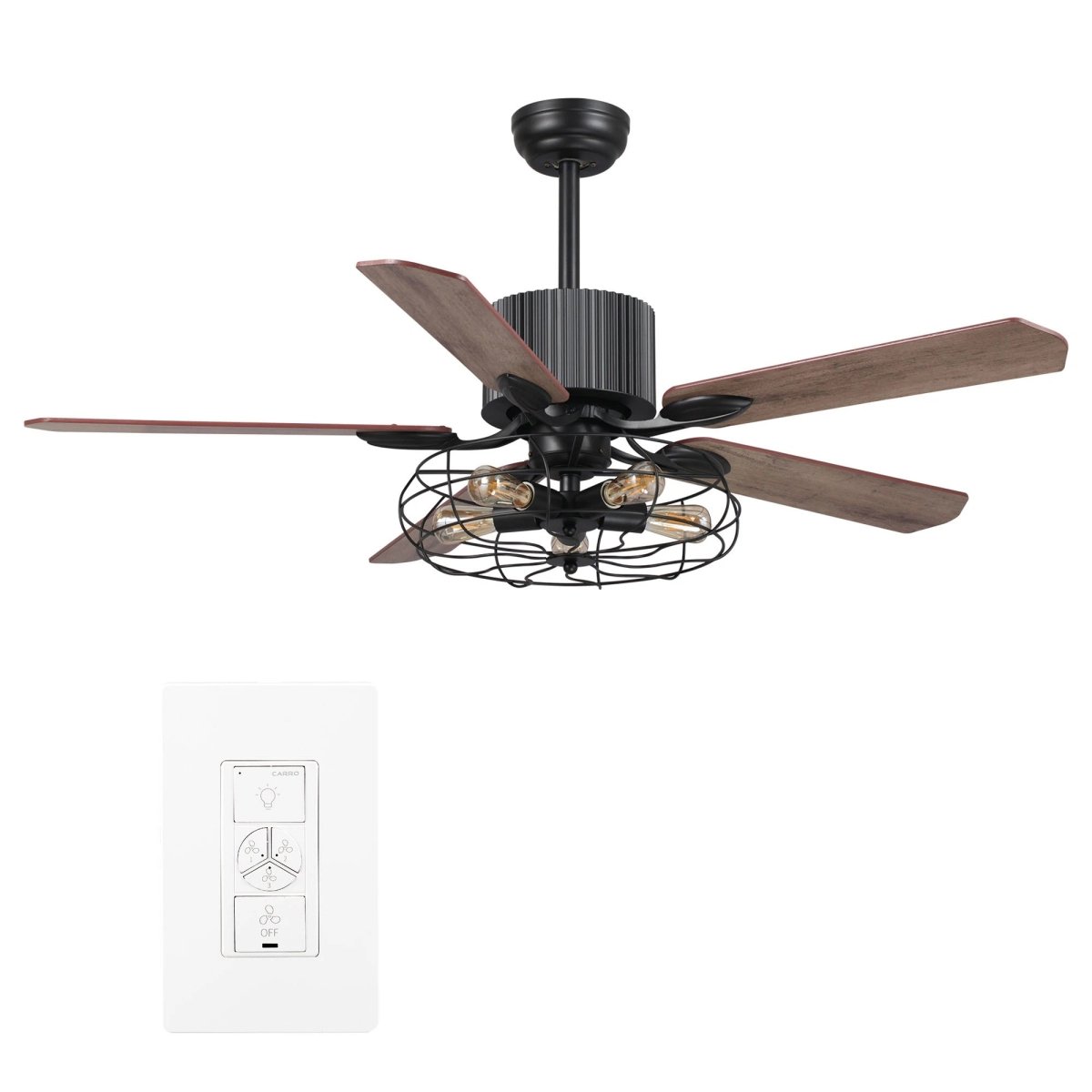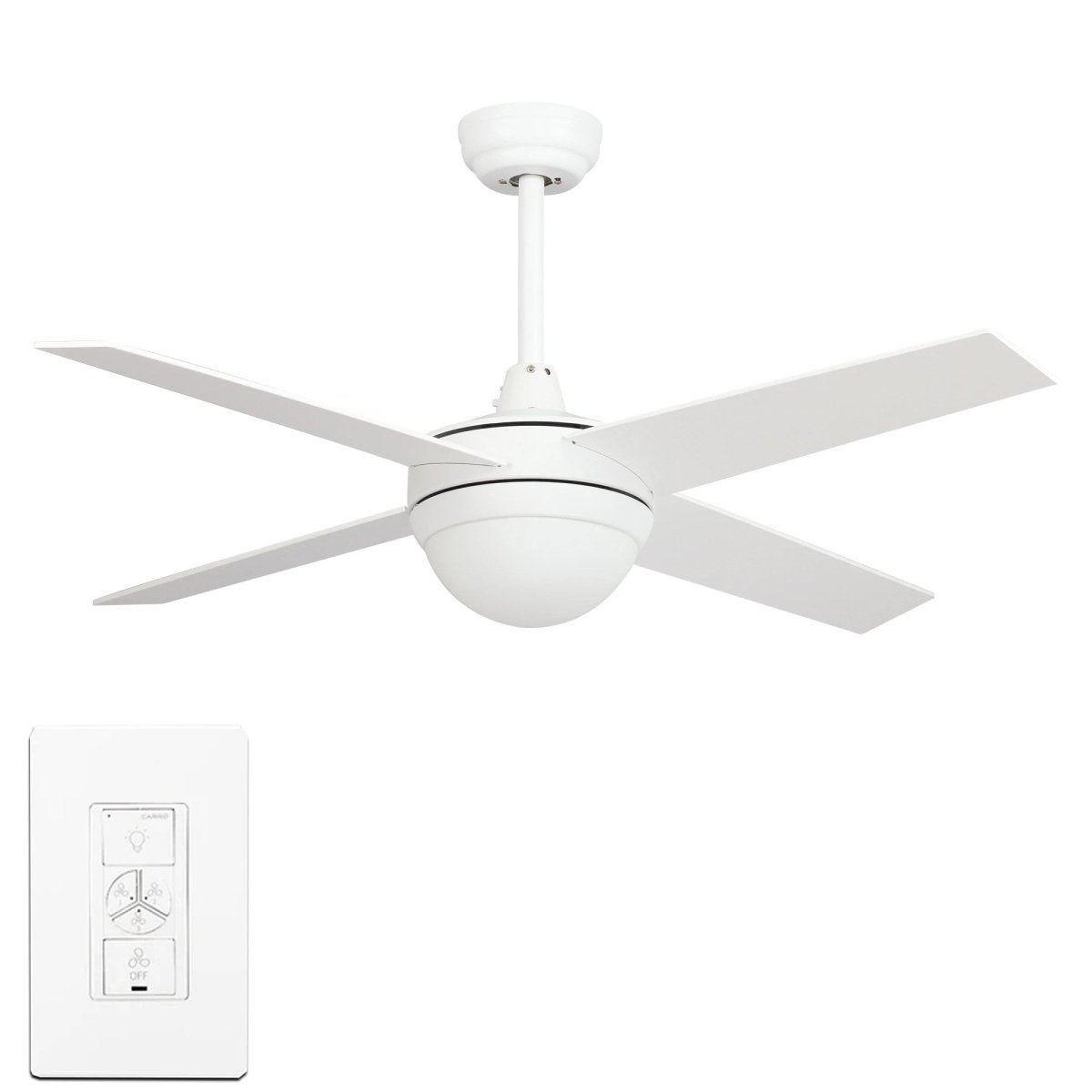Smart home technology has been making our lives easier and more convenient for years, and now, it has extended its reach to ceiling fans. Smart ceiling fans are becoming increasingly popular for their convenience, energy efficiency, and improved comfort. In this article, we'll explore why you should consider getting a smart ceiling fan for your home.
Definition of Smart Ceiling Fans
A smart ceiling fan is a ceiling fan that can be controlled remotely through a smartphone app, voice commands, or a smart home system. These fans can also have various features such as speed control, light control, and energy-saving modes.
Benefits of Using Smart Ceiling Fans
Smart ceiling fans have several benefits that make them worth considering for your home:
- Convenience: You can control your fan from anywhere in the room or even outside the house using your phone or voice commands.
- Energy efficiency: Smart ceiling fans are designed to use less energy than traditional fans, saving you money on your energy bills.
- Improved comfort: Smart fans can be customized to your preferences, providing you with optimal comfort levels.
Convenience of Smart Ceiling Fans
Smart ceiling fans offer a high level of convenience due to their integration with smart home systems, remote control, and voice control.
Integration with Smart Home Systems
Smart ceiling fans can be integrated with smart home systems such as Amazon Alexa, Google Assistant, and Apple HomeKit. This integration allows you to control your fan using voice commands or through the respective apps.
Remote Control
Smart ceiling fans can also be controlled remotely through a smartphone app. This feature allows you to control your fan from anywhere in the room or even outside the house.
Voice Control
Voice control is one of the most convenient features of smart ceiling fans. You can use voice commands to adjust the fan speed, turn the fan on or off, or even adjust the lighting.
Energy Efficiency of Smart Ceiling Fans
Smart ceiling fans are designed to use less energy than traditional fans. They achieve this by using DC motor technology and energy-saving features.
Use of DC Motor Technology
Smart ceiling fans use DC motor technology, which is more efficient than AC motor technology used in traditional fans. DC motors consume less energy while providing the same airflow, making them more energy-efficient.
Energy-Saving Features
Smart ceiling fans come with various energy-saving features such as timer mode, sleep mode, and breeze mode. These features help reduce energy consumption while maintaining optimal comfort levels.
Improved Comfort with Smart Ceiling Fans
Smart ceiling fans provide improved comfort levels by allowing you to customize the fan speed, integrate with a smart thermostat, and improve air circulation.
Fan Speed Customization
Smart ceiling fans come with customizable speed settings, allowing you to adjust the fan speed to your liking. You can also set the fan to run in reverse mode, which helps circulate warm air during the winter months.
Smart Thermostat Integration
Smart ceiling fans can be integrated with a smart thermostat, allowing you to control both your fan and thermostat using a single app or voice commands. This integration allows your fan to adjust its speed automatically based on your home's temperature, providing optimal comfort while saving energy.
Improved Air Circulation
Smart ceiling fans are designed to improve air circulation in your home. By circulating air more effectively, they can help reduce hot spots, eliminate stale air, and create a more comfortable living space.
Smart Ceiling Fans vs. Traditional Ceiling Fans
Smart ceiling fans offer several advantages over traditional ceiling fans, including better energy efficiency and a range of convenient features. However, they also come with a higher price tag. Here's a comparison between smart ceiling fans and traditional ceiling fans:
Cost Comparison
Smart ceiling fans are more expensive than traditional ceiling fans, with prices ranging from $200 to $1,000 or more. In contrast, traditional ceiling fans typically cost between $50 and $500.
Features Comparison
Smart ceiling fans offer several features that traditional ceiling fans lack, such as remote control, voice control, energy-saving modes, and smart thermostat integration. However, traditional ceiling fans are generally simpler and easier to install.
Conclusion
Smart ceiling fans offer several benefits that make them worth considering for your home, including convenience, energy efficiency, and improved comfort. While they are more expensive than traditional ceiling fans, they offer a range of features that can make them a smart investment in the long run.
FAQs
- Are smart ceiling fans compatible with all smart home systems?
- No, smart ceiling fans are compatible with specific smart home systems such as Amazon Alexa, Google Assistant, and Apple HomeKit.
- How much can I save on energy bills by using a smart ceiling fan?
- Smart ceiling fans are designed to use less energy than traditional fans, so you can save up to 20% on your energy bills.
- Can I install a smart ceiling fan myself?
- It depends on your DIY skills and the specific fan you choose. Some smart ceiling fans are easier to install than others, and it's important to follow the manufacturer's instructions carefully.
- Do smart ceiling fans come with a warranty?
- Yes, most smart ceiling fans come with a warranty that covers defects and malfunctions. Be sure to check the warranty before making your purchase.
- Can I use a smart ceiling fan without a smart home system?
- Yes, you can use a smart ceiling fan without a smart home system by controlling it through the smartphone app or remote control. However, using a smart home system allows for more convenient and seamless control.






















































































